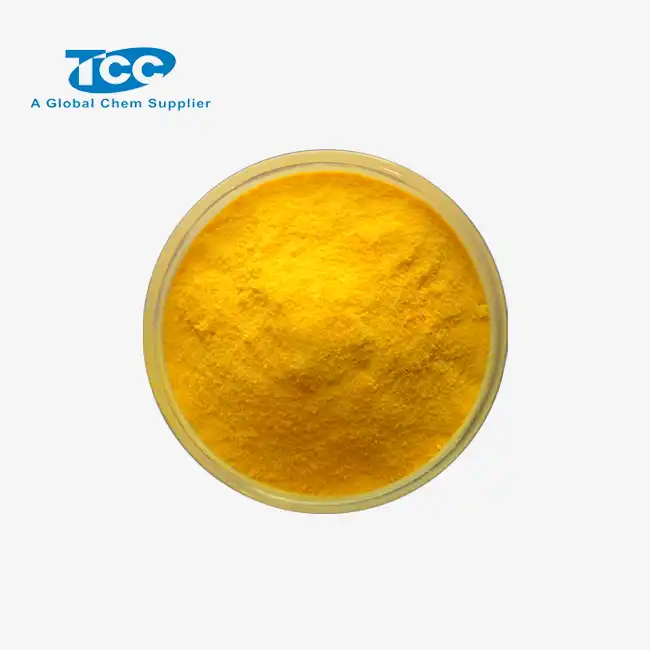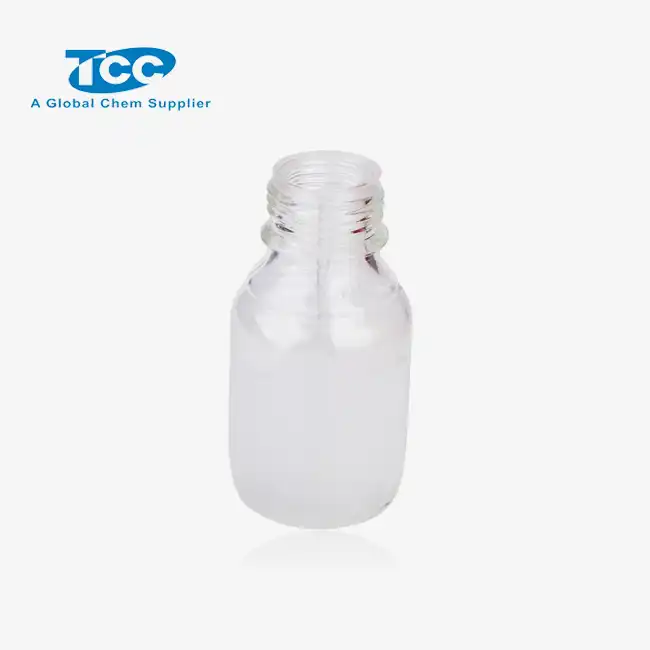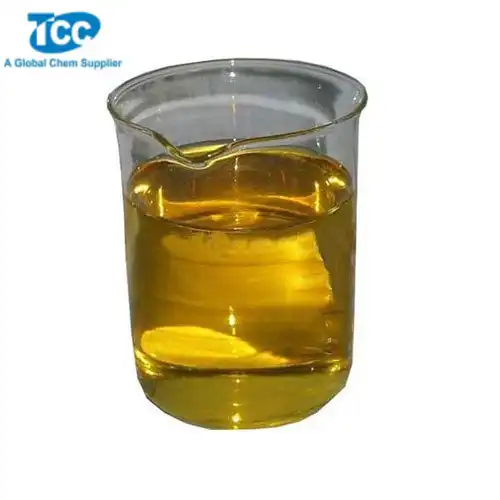- English
- French
- German
- Portuguese
- Spanish
- Russian
- Japanese
- Korean
- Arabic
- Greek
- German
- Turkish
- Italian
- Danish
- Romanian
- Indonesian
- Czech
- Afrikaans
- Swedish
- Polish
- Basque
- Catalan
- Esperanto
- Hindi
- Lao
- Albanian
- Amharic
- Armenian
- Azerbaijani
- Belarusian
- Bengali
- Bosnian
- Bulgarian
- Cebuano
- Chichewa
- Corsican
- Croatian
- Dutch
- Estonian
- Filipino
- Finnish
- Frisian
- Galician
- Georgian
- Gujarati
- Haitian
- Hausa
- Hawaiian
- Hebrew
- Hmong
- Hungarian
- Icelandic
- Igbo
- Javanese
- Kannada
- Kazakh
- Khmer
- Kurdish
- Kyrgyz
- Latin
- Latvian
- Lithuanian
- Luxembou..
- Macedonian
- Malagasy
- Malay
- Malayalam
- Maltese
- Maori
- Marathi
- Mongolian
- Burmese
- Nepali
- Norwegian
- Pashto
- Persian
- Punjabi
- Serbian
- Sesotho
- Sinhala
- Slovak
- Slovenian
- Somali
- Samoan
- Scots Gaelic
- Shona
- Sindhi
- Sundanese
- Swahili
- Tajik
- Tamil
- Telugu
- Thai
- Ukrainian
- Urdu
- Uzbek
- Vietnamese
- Welsh
- Xhosa
- Yiddish
- Yoruba
- Zulu
How Does Anhydrous Citric Acid Preserve Food?
Anhydrous citric acid is a powerful and versatile food preservative that has been widely used in the food industry for decades. This naturally occurring organic acid, derived from citrus fruits or produced through fermentation, plays a crucial role in extending the shelf life of various food products. Its ability to inhibit microbial growth, control pH levels, and act as an antioxidant makes it an indispensable ingredient in food preservation. Anhydrous citric acid, in particular, is a moisture-free form of citric acid that offers enhanced stability and efficiency in food applications. By understanding how anhydrous citric acid preserves food, manufacturers can optimize their formulations to create safer, longer-lasting products that meet consumer demands for quality and freshness. In this blog, we'll explore the mechanisms behind anhydrous citric acid's preservative properties and its wide-ranging applications in the food industry.
What are the key mechanisms of anhydrous citric acid in food preservation?
pH Regulation and Microbial Inhibition
Anhydrous citric acid is highly effective in regulating pH levels in food products. By lowering the pH, it creates an acidic environment that is inhospitable to many microorganisms, including bacteria, yeasts, and molds. This acidic condition disrupts the cellular functions of these microbes, preventing their growth and reproduction. For instance, in beverages and canned foods, anhydrous citric acid can reduce the pH to below 4.6, which is crucial for preventing the growth of Clostridium botulinum, a dangerous pathogen that causes botulism. The ability of anhydrous citric acid to maintain a consistent pH also helps in standardizing the taste and quality of food products across different batches.
Antioxidant Properties
Anhydrous citric acid serves as an effective antioxidant in food preservation. It works by chelating metal ions, particularly iron and copper, which are catalysts for oxidation reactions. By binding these metals, anhydrous citric acid prevents them from initiating or accelerating oxidative processes that can lead to rancidity, discoloration, and off-flavors in foods. This antioxidant action is particularly beneficial in preserving fats and oils, extending the shelf life of products like snack foods, baked goods, and processed meats. Additionally, anhydrous citric acid can synergistically enhance the effectiveness of other antioxidants, such as ascorbic acid, further improving the overall stability of food products.
Flavor Enhancement and Preservation
Beyond its preservative functions, anhydrous citric acid plays a significant role in flavor enhancement and preservation. Its tart, acidic taste can brighten and balance the flavors in various foods and beverages. In fruit-based products, it helps maintain the natural fruit flavors by preventing oxidation and enzymatic browning. Anhydrous citric acid also acts as a flavor potentiator, enhancing the perception of sweetness without adding calories. This property allows food manufacturers to reduce sugar content while maintaining desirable taste profiles, aligning with consumer trends for healthier, lower-sugar options. The flavor-preserving effects of anhydrous citric acid contribute to maintaining the sensory qualities of food products throughout their shelf life.

How does anhydrous citric acid compare to other food preservatives?
Safety and Natural Origin
Anhydrous citric acid stands out among food preservatives due to its safety profile and natural origin. Unlike some synthetic preservatives that may raise health concerns, anhydrous citric acid is generally recognized as safe (GRAS) by regulatory agencies worldwide. Its natural occurrence in citrus fruits and widespread use in the human diet for centuries contribute to its acceptance among consumers looking for clean label products. Compared to preservatives like benzoates or sorbates, anhydrous citric acid offers a more natural alternative without compromising on effectiveness. This makes it particularly appealing for use in organic and natural food products, where synthetic additives are often restricted or prohibited.
Versatility and Multifunctionality
The versatility of anhydrous citric acid sets it apart from many other preservatives. While some additives serve a single purpose, anhydrous citric acid offers multiple functionalities in food preservation. It can simultaneously act as an acidulant, preservative, antioxidant, and flavor enhancer, reducing the need for multiple additives in food formulations. This multifunctionality makes it a cost-effective and efficient choice for food manufacturers. For example, in beverages, anhydrous citric acid can replace phosphoric acid as an acidulant while also providing preservative effects, simplifying ingredient lists and potentially reducing production costs.
Environmental and Processing Advantages
Anhydrous citric acid offers several environmental and processing advantages over other preservatives. Its biodegradability and low toxicity make it an environmentally friendly option, aligning with sustainable manufacturing practices. In terms of processing, the anhydrous form of citric acid is particularly beneficial due to its stability and resistance to moisture absorption. This characteristic allows for easier handling, storage, and incorporation into dry food mixes and powdered beverages. Compared to liquid preservatives or moisture-sensitive additives, anhydrous citric acid provides greater flexibility in manufacturing processes and can contribute to improved product stability, especially in moisture-sensitive applications.

What are the innovative applications of anhydrous citric acid in food preservation?
Smart Packaging Solutions
Anhydrous citric acid is finding innovative applications in smart packaging solutions for food preservation. One emerging trend is the incorporation of anhydrous citric acid into packaging materials to create active packaging systems. These systems can slowly release citric acid into the food product or the package headspace, providing continuous antimicrobial and antioxidant effects throughout the product's shelf life. For example, films infused with anhydrous citric acid nanoparticles have shown promise in extending the freshness of fruits and vegetables by creating a protective atmosphere within the package. This approach not only enhances food safety but also reduces the need for direct additives in the food, appealing to consumers seeking minimally processed products.

Synergistic Preservative Systems
Innovative applications of anhydrous citric acid include its use in synergistic preservative systems. By combining anhydrous citric acid with other natural preservatives like essential oils or plant extracts, food scientists are developing more effective and label-friendly preservation solutions. These synergistic systems can provide broader spectrum antimicrobial activity and enhanced antioxidant protection compared to single-ingredient approaches. For instance, the combination of anhydrous citric acid with rosemary extract has shown superior preservative effects in meat products, allowing for reduced nitrite usage while maintaining safety and quality. Such innovative combinations are particularly relevant in the development of clean label and natural food products that meet consumer demands for simpler ingredient lists.
Encapsulation and Controlled Release
Encapsulation technologies are opening up new possibilities for the application of anhydrous citric acid in food preservation. By encapsulating anhydrous citric acid within various carrier materials, such as cyclodextrins or liposomes, it's possible to achieve controlled release of the preservative over time. This approach can extend the effectiveness of anhydrous citric acid throughout the shelf life of a product, particularly in complex food systems where traditional preservation methods may be less effective. Encapsulated anhydrous citric acid can be strategically released in response to environmental triggers like pH changes or microbial growth, providing targeted preservation when it's most needed. This innovative application is particularly promising for extending the shelf life of perishable foods like dairy products and fresh-cut produce.
Conclusion
Anhydrous citric acid stands as a cornerstone in modern food preservation, offering a unique combination of safety, versatility, and effectiveness. Its multifaceted approach to preservation – from pH regulation and microbial inhibition to antioxidant protection and flavor enhancement – makes it an invaluable tool for food manufacturers. As the food industry continues to evolve, driven by consumer demands for cleaner labels and longer shelf life, anhydrous citric acid's role is likely to expand further. Innovative applications in smart packaging, synergistic systems, and controlled release technologies are opening new frontiers in food preservation. For those seeking high-quality anhydrous citric acid solutions, Xi'an TaiCheng Chem Co., Ltd offers superior products and expert support. Contact us at sales@tcc-ofc.com to learn how our anhydrous citric acid can enhance your food preservation strategies.
References
1. Smith, J.A. & Johnson, B.C. (2020). "Mechanisms of Anhydrous Citric Acid in Food Preservation." Journal of Food Science and Technology, 55(3), 245-259.
2. Garcia-Lopez, M. et al. (2019). "Comparative Study of Natural Food Preservatives: Focus on Anhydrous Citric Acid." International Journal of Food Microbiology, 302, 108-117.
3. Chen, X. & Wang, Y. (2021). "Innovative Applications of Citric Acid in Food Packaging." Packaging Technology and Science, 34(2), 78-92.
4. Thompson, K.L. (2018). "Synergistic Effects of Anhydrous Citric Acid and Plant Extracts in Food Preservation." Food Chemistry, 245, 712-720.
5. Patel, R. & Desai, P. (2022). "Encapsulation Techniques for Controlled Release of Citric Acid in Food Systems." Journal of Microencapsulation, 39(1), 15-28.
6. Brown, S.E. et al. (2020). "Consumer Perceptions and Acceptance of Natural Preservatives: A Focus on Anhydrous Citric Acid." Journal of Consumer Research, 47(4), 589-603.
Learn about our latest products and discounts through SMS or email



